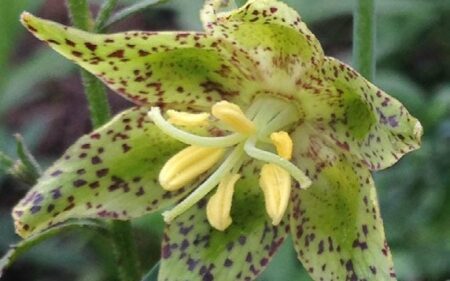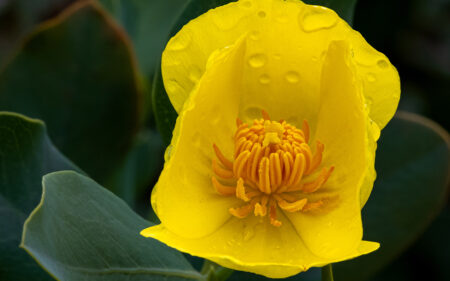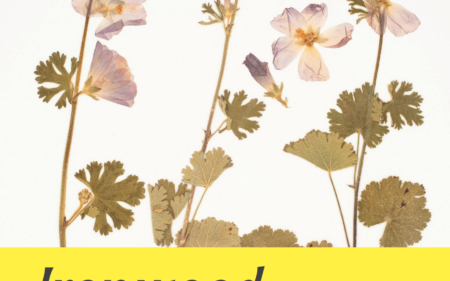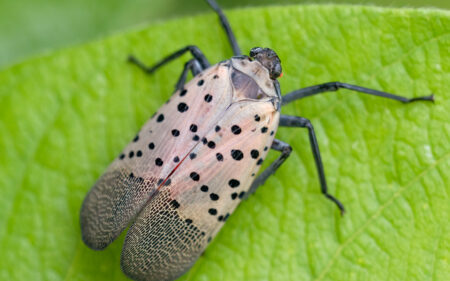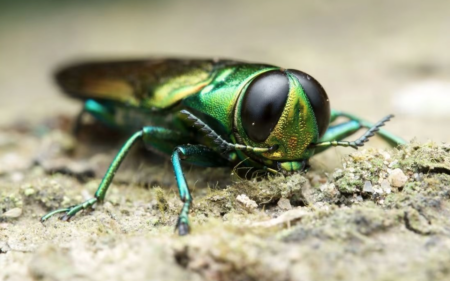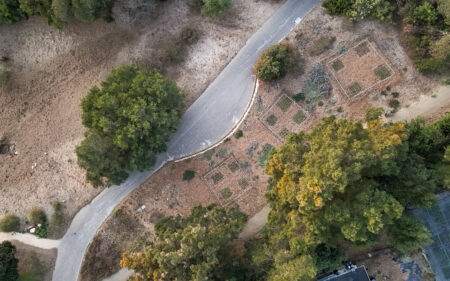Seven Questions with Grounds Manager Stephanie Ranes
Since 1926, Santa Barbara Botanic Garden has understood the interdependency between people and plants. Driven to preserve our natural world, our mission was established to conserve the foundation of all life on Earth — native plants.
Today, the Garden is home to more than 974 unique native species, subspecies, and cultivars found only within the California Floristic Province (CFP) and Baja California, Mexico. Stretching along North America’s Pacific coast, the CFP is one of the world’s 36 biodiversity hotspots. This means it is one of the most biologically rich — yet threatened — terrestrial regions.
Our Garden’s Living Collection has many roles from education to conservation and its Grounds Manager Stephanie Ranes cares for each and every one of these plants with her dedicated team.
Join us in this episode of “Seven Questions” as we walk and talk with Stephanie, the Garden’s ground manager, to learn more about her and her work to safeguard the Garden’s Living Collection.
For those of you who don’t know her, Stephanie is the Garden’s ground manager. Can you tell us a little bit more about your role?
[Stephanie] My role is to work with, facilitate, and grow with our gardener team. We currently have seven gardeners and two grounds techs working over 70 acres, 30 of which are gardened pretty intensively by all of that crew.
How did you get into this field?
[Stephanie] I grew up in Southern California, and I spent all of my childhood outside, playing in creeks. To me, working in the Garden was just a natural evolution of getting to make a living while also being outside and playing in nature. I also get to have a role in saving the natural ecosystems of Southern California for wildlife.
Why did you choose to come work at the Garden?
[Stephanie] The Garden is really special because its focus is on native plants of this region. As a Southern California local, I really care about the plants and wildlife that share this environment and I think that’s in part what makes our Garden so special. In addition, it’s just an incredibly beautiful place to be every day.
What is your process behind all the planting decisions for all the different sections of the Garden?
[Stephanie] We have a lot of different processes, one of which is just beauty — aesthetics. We also choose to display a variety of different plants that people can use and we have some sections in which we are trying to represent a certain ecosystem, like the Redwood Section. Lastly, we have certain sections in which we are trying to conserve the genetic diversity of really specific plants. That’s typical in our Island View Section.
How does planting native plants contribute to the overall big picture and the Garden’s long-term goals?
[Stephanie] Planting as many different kinds of [native] plants in the Garden as we can, gives awareness to the public and helps conservation and research. It also helps build biodiversity using native plants. Overall, it really helps biodiversity in the world which benefits us and everything [wildlife] that lives here.
If I wanted to learn more about native plants, how can I get started?
[Stephanie] The Garden offers some great classes in a whole range of different disciplines. I find in my history, just volunteering either on the grounds or with conservation and research, in the herbarium, or with the Elings Park Project, or any number of different opportunities that are available in the Garden and elsewhere is a great way to get a hands-on experience with native plants.
Throughout our Fall Appeal, we’ve been sharing with our audience many of the important things happening here at the Garden as well as some of our future initiatives. To wrap up, what is one thing you would like to leave us with?
[Stephanie] Well, it’s fall, so as the grounds manager, I say plant native plants and this is the right time [fall] to do it! The other way is to help support the variety of different things that we as a Garden do in support of our mission. Any involvement and any help is greatly appreciated and goes towards such great work.
 Donate
Donate